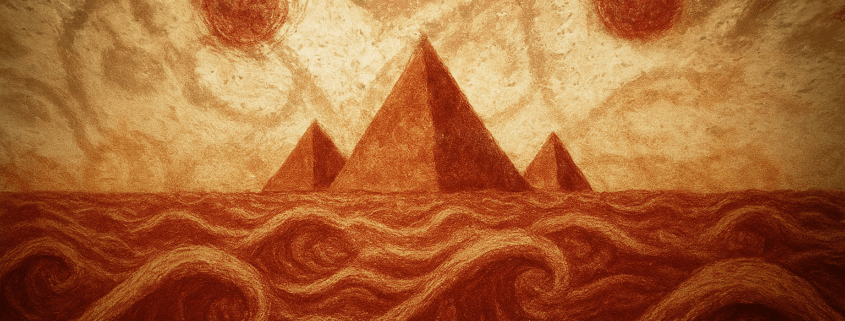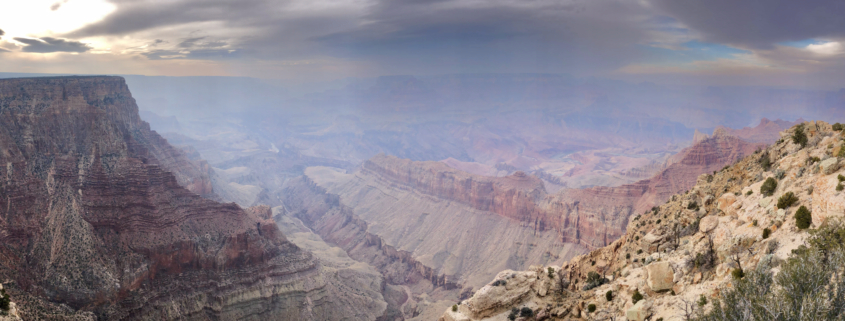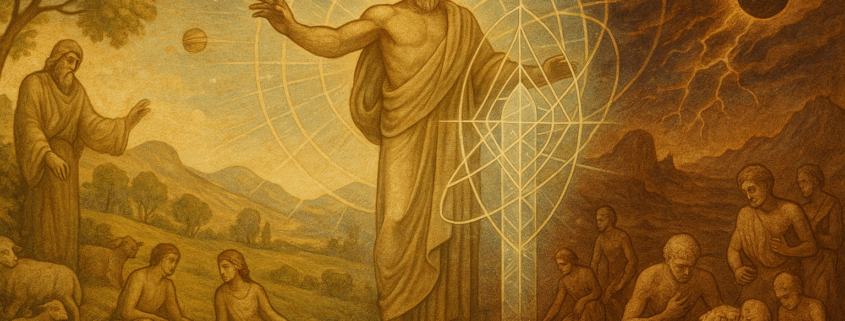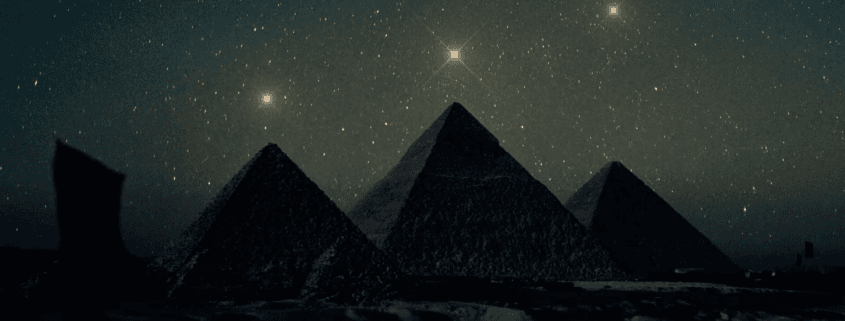
“Proceeding along the globe due north and due south of the Great Pyramid, it has been found by a good physical geographer as well as engineer, Mr. William Petrie, that there is more earth and less sea in that meridian than in any other meridian all the equator round. Hence, therefore, the Great Pyramid’s meridian is caused to be as essentially marked by nature, in a general manner, across the world from Pole to Pole.”
In a little while Einstein came from the upper floor to us, his long hair well-groomed, his face lighted up with his friendly smile. He started to move a chair with a straight high upholstered back, which had already drawn my attention in the modestly furnished room, and as I helped him, a help he graciously accepted, he said, “this is my Jupiter chair.”
The ~12,900-year ECDO event unleashed global oceanic surges and electrical discharges, leaving marine fossils at the Grand Canyon’s 7,000-foot elevation, vitrified sands at Giza, and rapid megafauna burials in Siberia. As Earth’s magnetic field weakens in June 2025, this cataclysmic history warns of potential recurrence, urging a shift from uniformitarian models to catastrophic frameworks.
“It is impossible to reflect on the changed state of the American continent without the deepest astonishment. Formerly it must have swarmed with great monsters: now we find mere pigmies, compared with the antecedent, allied races. What, then, has exterminated so many species and whole genera? The mind at first is irresistibly hurried into the belief of some great catastrophe; but thus to destroy animals, both large and small, in Southern Patagonia, in Brazil, on the Cordillera of Peru, in North America up to Behring’s Straits, we must shake the entire framework of the globe.” – Charles Darwin
“So it must be that in the cosmic crisis there is widespread destruction of living creatures other than man and that only a remnant of the human race survives. Many strange new experiences befall this remnant, but there is one of deeper import than all. It follows on God’s first taking over the rewinding of the universe, at the moment when the revolution counter to the one now prevalent begins to operate.” – The Statesman, Plato (~360 BCE)
“The builders of the Pyramid were masters of Astronomical and Geographical science, and it contains the minute measurements of the earth and heaven, far exceeding the scientific knowledge of any man in our own time, and this knowledge and the secrets thereof were known to the High Priests, and they carried out their then knowledge wherever they went. The Ark of the Covenant, built in the wilderness by Moses, Noah’s Ark, and King Solomon’s Temple, all bear a true decimal proportion to the Pyramid, and the Ark or “Sarcophagus” in the King’s chamber within the Pyramid.”









